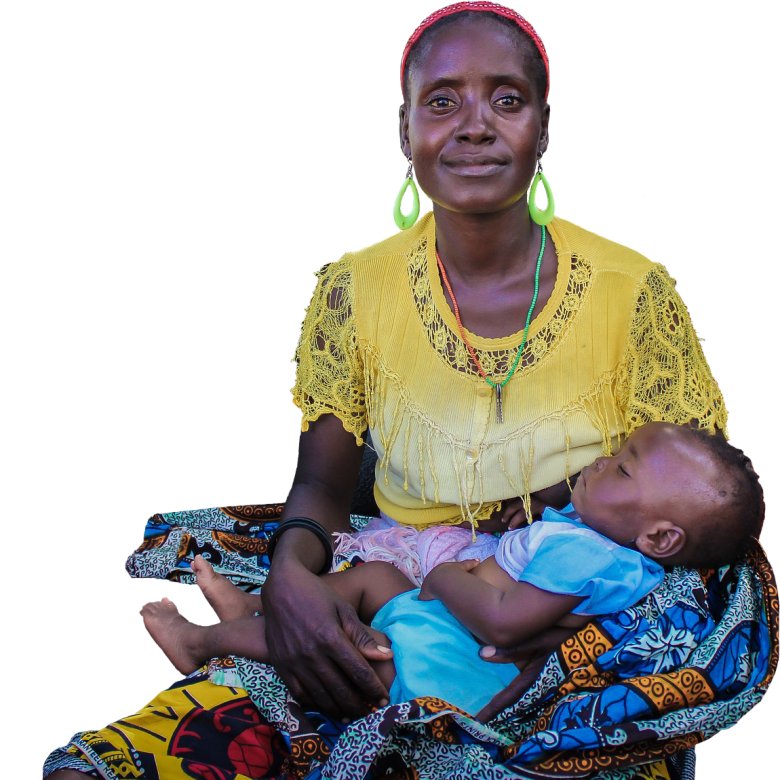AMR is at the G7, lessons from COVID-19

Dr Adam Roberts is an RSTMH Policy Adviser and Scientific Chair of our 2021 Annual Meeting on drug resistant infections.
As waves of COVID-19 continue to roll through societies, we are seeing data emerge on associated bacterial and fungal infections in COVID-19 patients and on antimicrobial usage for these patients. A recent comprehensive, multi-centre study shows that co- and secondary infections rates are very low (approximately 2%) but accompanying antimicrobial usage is extremely high (approximately 85%).
While still too early to be certain, it is likely that societies’ response to COVID-19 is changing the selective landscape for antimicrobial resistance (AMR) and this will continue to change until the vaccines start to make a difference on a global scale.
Tackling this rise of usage will depend on developing better protocols for antibiotic use and breaking the chains of COVID-19 transmission. Our greatest hope in this regard rests on the ongoing development of new vaccines and the rapid expansion of global vaccine coverage. Science’s success over the last year gives reason for hope.
COVID-19 continues to ravage the world, but vaccines are making a difference
The development and production of multiple efficacious vaccines around the world shows how we are able to rapidly respond if we have a platform of decades of investment in research infrastructure, scientific expertise and human capital at our disposal.
The fastest rollouts of the COVID-19 vaccines have already been projected to have saved almost 12,000 lives by the end of April in the UK alone, and this figure will increase over time and with continued vaccination efforts expanding to all countries.
Most of this work was paid for using public money through government grants and national infrastructures for vaccine development and testing, which will also play a crucial role in responding to new SARS-CoV-2 variants.
Response parallels with AMR
There are many parallels between the vaccines and SARS-CoV-2 and antimicrobials and drug-resistance in bacteria, fungi and viruses – as well as some important lessons to learn.
The need for new antimicrobial drugs is still ever present, as is the lack of promising compounds making it to market, which does not offer significant profits for new drugs. A recent analysis has highlighted that the average sales of new antibiotics in their first eight years on the market is only US$240m, meaning that the investment, estimated at >US$1 billion per drug, is unlikely to make a profitable return.
Given this well-known market failure, is there anything we can learn from the recent COVID-19 response?
One lesson is not to delay responses to an emerging global health threat for fear of commercial losses. If antibiotics are considered as a public good, then the public has an interest in supporting the development of a reliable supply – regardless of whether they make a commercial loss or profit.
Between January and April 2020, public support enabled researchers and developers in Britain, Germany and the US to hit the ground running and develop and trial vaccines against a novel pathogen at record speed. In Oxford, ethical concerns also led to licensing agreements, which made early phase vaccine provision, rather than profits, a precondition for an eventual partnership with AstraZeneca.
Thinking about markets last and not first should be the default response to other global health emergencies. As colleagues and I have previously discussed, thinking about public options for R&D and making greater use of the remarkable integrated public clinical trials infrastructures that enabled the rapid testing of new technology platforms for COVID-19 vaccines could do much to reinvigorate, develop and overcome the infamous "valley of death" for promising antibiotics.
The Global Antibiotic Research and Development Partnership (GARDP)
There is in fact already an international organisation where antimicrobial development is delinked from economic profit. The Global Antibiotic Research and Development Partnership (GARDP) is accelerating the development of multiple treatments for drug resistant infections, for every person that needs them on a non-profit basis.
Initially created in 2016 by the WHO and DNDi, and funded by multiple governments, including the UK, South Africa, Germany and Japan, plus charities such as Wellcome Trust and the Bill & Melinda Gates Foundation, GARDP shows that a non-profit model can work in terms of raising funds for R&D into new antibiotics.
It is encouraging to see that the UK government, via the Global AMR Innovation Fund (GAMRIF), has just announced an additional £1million of funding for GARDP to support their activities. However, the scale of the AMR problem demands more, much more.
AMR is on the agenda
The UK is currently hosting the G7, with AMR on the agenda. This is, in itself, excellent; however, efforts are focused on implementing a G7-wide subscription model similar to the one already being trialled in the UK, which directly aims to incentivise a profit-based reward for antibiotics coming through the development pipeline. Meanwhile, parallel large-scale cuts to UK aid for disease prevention threaten to further undermine the efficacy of existing drugs.
Wouldn’t a more sustainable option lie in focusing public money, not on creating artificial market models, but on recalibrating the successful COVID-19 vaccine development and trials infrastructures to also work for antibiotics?
It would be prudent to explore these possibilities as early as possible, as what the COVID-19 pandemic has shown is that, to be reactive at speed, it helps to have those decades of funding, experience, collaboration, and infrastructure already in place.
